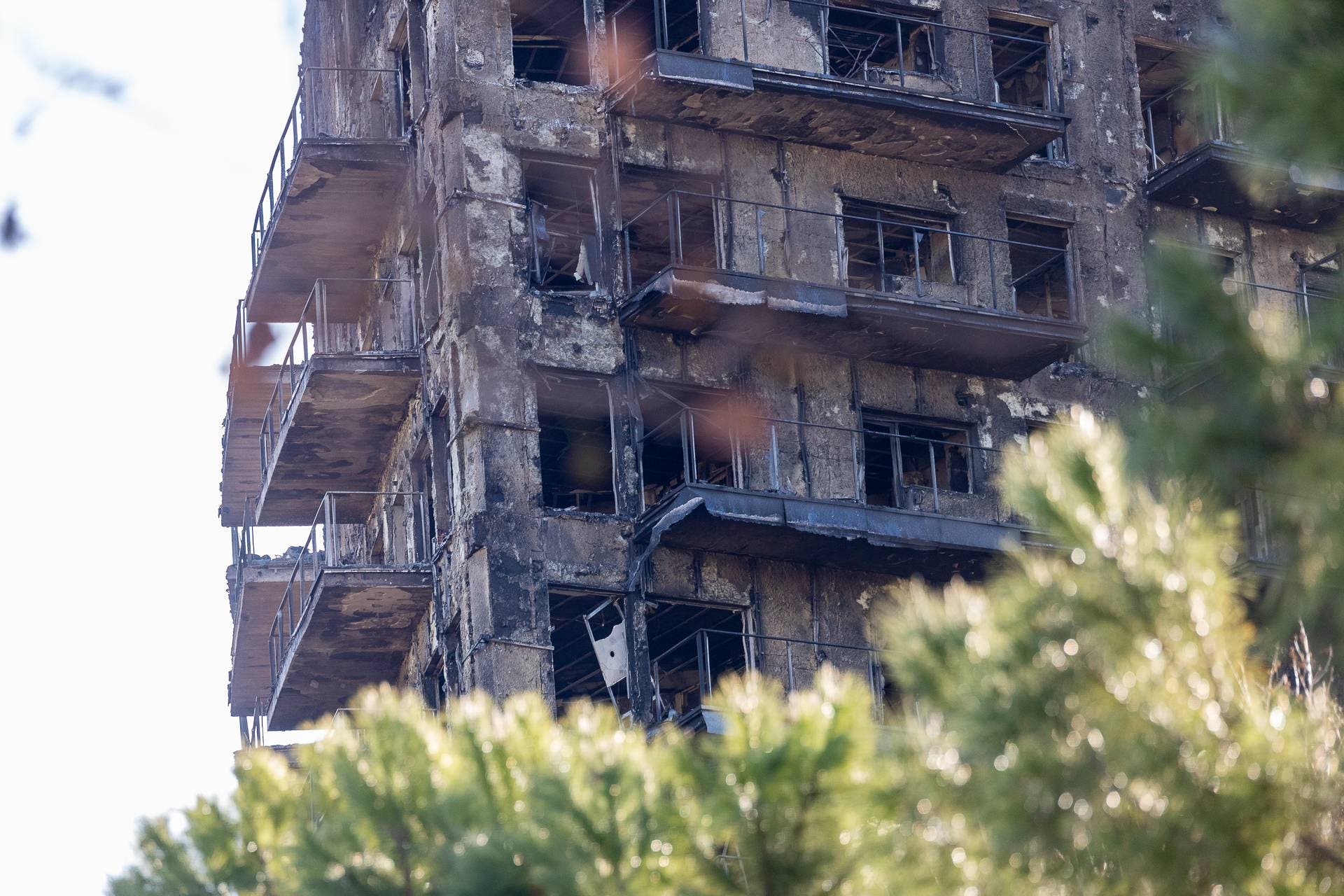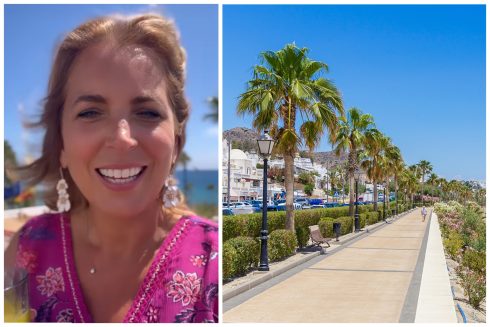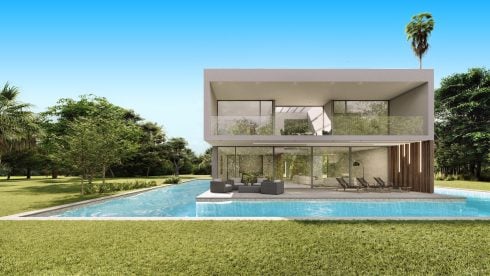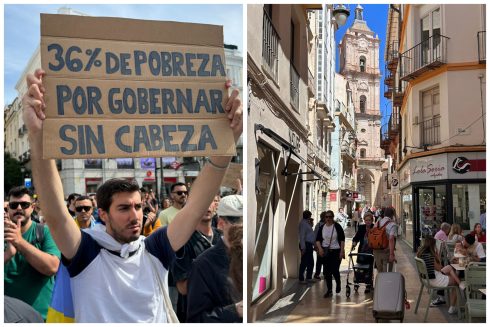AS authorities search for answers in the aftermath of the tragic Valencia apartment fire that left 10 dead and at least 15 injured, dean of the Malaga College of Architects Susana Gómez de Lara has assured that, although buildings in Andalucia contain similar materials, there’s no cause for alarm.
Much is still unknown about the cause of the blaze and what enabled the flames’ uncontrollable spread, and questions will likely remain until the investigation is concluded.
However, according to a report from El Pais, the building — located in northwest Valencia’s Nou Campanar neighbourhood — was cladded with a potentially flammable composite aluminium material called ALUCOBOND.
It provides a modern aesthetic profile, and has been used in thousands of buildings in Valencia and throughout Spain, says architect and former Socialist Party lawmaker David Calvo.
But according to Gomez de Lara, there were numerous factors involved in the lethal conflagration beyond the material itself.
“There have also been dry weather conditions, there were strong gusts of wind that created a chimney effect,” she told La Opinion de Malaga.
“It was a ventilated façade, with an aluminium sandwich panel and an air chamber that was not compartmentalised.”
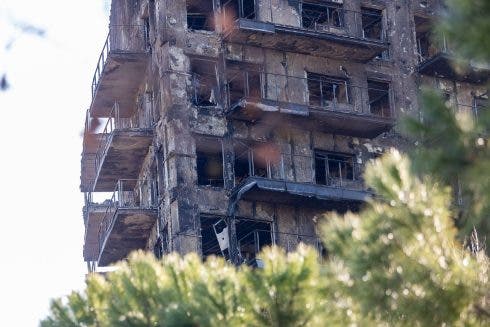
She explained that polyurethane — a plastic material thought to be present in the Valencia building’s insulation — is initially fire-resistant, but begins to emit aerosols at high temperature, which are themselves highly flammable.
Gomez de Lara told the newspaper that Spain’s building code was modified after the Grenfell Tower fire in London in 2017 to limit the use of polyurethane in future buildings, as well as ensure that building facades are properly compartmentalised to prevent fire from spreading from one apartment to another.
The regulations went into effect in 2020, but do not require that previously constructed buildings be modified.
In Malaga and Marbella, there are likely a number of buildings constructed with this material, the architect explained, although they are probably mostly industrial and commercial buildings.
She pointed to the Andalucia Technology Park in Campanillas as one example where some buildings might be made from polyurethane.
But it’s impossible to know what factors led to the scale of the fire until the official investigation is carried out.
“In the end, what happened there was a combination of circumstances,” Gomez de Lara told the newspaper.
“We shouldn’t sound the alarm,” she said.
Those who are concerned about their building’s safety or have general questions should reach out to the College of Architects.
READ MORE
- Valencia fire: Death toll of ‘Spain’s Grenfell’ reaches 10 – including a mother and her children
- Valencia fire latest: At least 14 people are injured in ‘historic’ inferno dubbed ‘Spain’s Grenfell’

